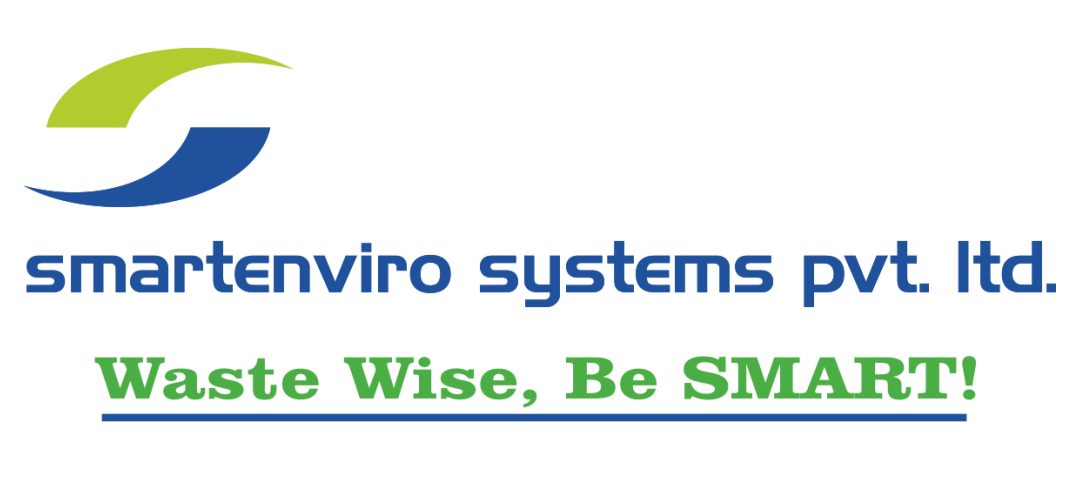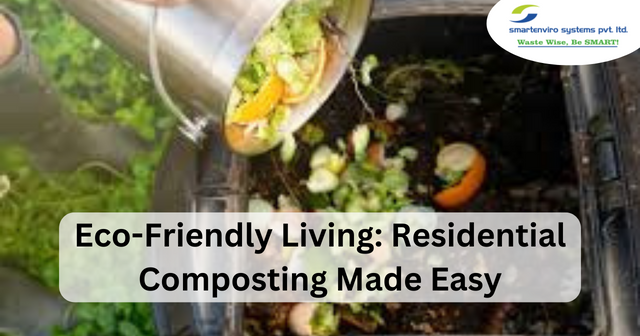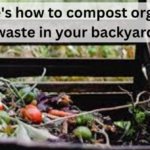As people become increasingly conscious of their environmental impact, composting has become a standard practice for managing organic waste. Composting means breaking down organic matter into nutrient-rich soil that is suitable for use in gardens, lawns, and other landscaping projects. It’s a simple and effective way to reduce waste going to landfills while improving soil health. In this blog, we will discuss how to compost organic waste in residential communities using an organic waste composter machine.
A compost maker machine is a device that accelerates the natural process of decomposition by providing optimal conditions for microorganisms to thrive. It’s a great way to compost food scraps, yard waste, and other organic materials quickly and efficiently. Organic waste composters come in different shapes and sizes, but they all work on the same basic principles.
Here are the steps to compost organic waste using an organic waste composter:
Step 1: Choose the right composter –
The first step in composting organic waste in residential communities is to choose the appropriate composter machine. The size and type of composter will depend on the amount of organic waste you generate and the space available. Different composters include tumbler composters, worm composters, and stationary bin composters. Ensure that you choose a composter that suits your needs and is easy to use.
Step 2: Gather organic waste –
The next step is collecting organic waste from your kitchen and yard. Organic waste includes food scraps, yard trimmings, leaves, and other plant matter. It is wise not to compost meat, dairy products, and oily foods as they can attract pests and slow down the composting process.
Step 3: Prepare the compost bin –
Once you have gathered the organic waste, you should prepare the compost bin. In the case of a stationary bin composter, you can easily add the organic waste to the bin and mix it with a garden fork or shovel. If you are using a food waste compost machine, you can add the organic waste to the bin and turn it regularly to mix the contents.
Step 4: Monitor the compost –
After adding the organic waste to the compost bin, it’s crucial to monitor the compost regularly. Check the moisture level and temperature of the compost to ensure optimal conditions for decomposition. If the compost is too dry, add water, and if it’s too wet, add dry materials such as leaves or straw. A temperature of around 140 to 160 degrees Fahrenheit is optimal for composting.
Step 5: Harvest the compost –
Once the compost has broken down into a dark, crumbly substance, it’s time to harvest it. Use a garden fork or shovel to remove the compost from the bin and use it in your garden, lawn, or landscaping projects. The compost will improve soil health by providing essential nutrients and improving water retention.
In addition to the above steps, here are some additional tips to ensure successful composting in residential communities:
- Educate the community –
Composting is a community effort, and make sure you educate your neighbours about the benefits of composting and how to do it correctly. Host workshops or information sessions to promote composting in your community.
- Use a composting thermometer –
A composting thermometer can help you monitor the temperature of the compost and ensure optimal conditions for decomposition.
- Provide clear instructions –
Make sure to provide clear instructions on what can and cannot be composted. Use signs, flyers, or even colour-coded bins to help residents understand what to put in the compost bin.
- Keep it convenient-
Make sure the compost bin is located in a convenient location, such as near the trash and recycling bins. This will make it easier for residents to remember to compost and less likely to use the trash bin instead.
- Monitor the compost-
Keep an eye on the compost to ensure it’s working properly. Check the moisture level and mix the contents to aerate the pile. If the compost is too dry or too wet, it won’t break down properly.
- Use the compost-
Once the compost is ready, use it! Use the nutrient-rich soil for community gardens, or offer it to residents for their own gardening projects. This will help show the benefits of composting and encourage more people to participate. By following these tips, you can help ensure the success of a composting program in your residential community.
In conclusion, residential composting is an important practice that can significantly reduce organic waste and create valuable soil amendments for gardening. There are a variety of compostable organic waste solutions available for residential communities, including backyard composting, vermiculture, and compost pick-up services. To ensure the success of a composting program, it’s important to educate and engage the community, provide clear instructions, keep the compost convenient, monitor the compost regularly, and use the finished product for gardening. By adopting these best practices, residential communities can make a significant contribution to waste reduction and environmental sustainability, while also enjoying the benefits of fresh, healthy soil for their gardens. The organic waste composter machine is the solution to reduce your waste.



